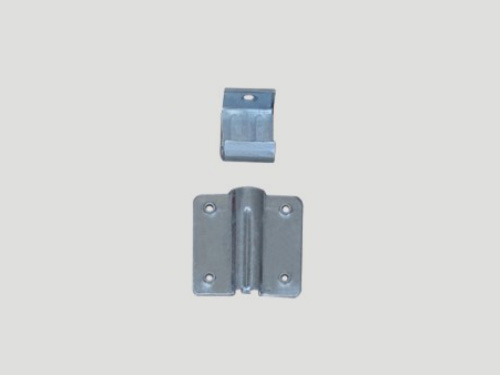Air valve mechanism
Air volume control valve actua
Air valve actuator
Remote controller for smoke ex
Air conditioning accessories
tuyere

Riveted valve connecting rod
Riveting valve connecting rod is a relatively professional concept, which involves the connection technology of the internal structure of the valve. In the valve, the connecting rod is usually used to connect different parts to realize the opening, closing or adjustment function of the valve. Riveting is a commonly used connection process, which connects two or more parts firmly together through rivets.
Regarding the riveted valve connecting rod, it can be analyzed from the following aspects:
I. Introduction to riveting technology
Definition: Riveting is a process that uses axial force to press rivets into parts to make them thick and form nail heads, thereby realizing the connection between parts.
History: Riveting technology has a long history, dating back to Egypt in 3000 BC, where it was used to make wooden tools. With the development of technology, modern riveting technology has been widely used in the connection of metal parts.
Working principle: During riveting, tools such as rivets and riveting guns are used to form permanent riveted joints at the connection. When the rivet is pressed into the hole, its material undergoes plastic deformation and is tightly combined with the parts at the connection to achieve a firm connection.
2. Application of riveted valve connecting rods
Structure: In valves, connecting rods may be used to connect valve discs, valve stems and other components to achieve the switching or adjustment functions of valves. When riveting is used to connect connecting rods, the firmness and stability between connecting rods and other components can be ensured.
Advantages:
Firmness: The riveted joint formed by riveting connection has high strength and stability and can withstand large loads and impact forces.
Sealing: Riveting connection can form a tight seal at the connection to prevent medium leakage.
Adaptability: The riveting process is suitable for connecting parts of various materials and shapes, so it has a wide range of application prospects in valve manufacturing.
3. Precautions for riveting valve connecting rods
Material selection: Select suitable rivets and connecting materials according to the working conditions and medium characteristics of the valve to ensure the reliability and durability of the connection.
Process control: Strictly control riveting process parameters such as riveting pressure, rivet length, etc. to ensure that the connection quality meets the design requirements.
Quality inspection: Perform quality inspection on the riveted connecting rod, including appearance inspection, dimension measurement and performance test, etc., to ensure that the connection quality meets the use requirements.
IV. Cases and Examples
In actual applications, the specific structure and connection method of the riveted valve connecting rod may vary depending on factors such as valve type and working conditions. For example, in some special valves, a new riveted valve stem structure may be used to improve the performance and reliability of the valve by optimizing the riveting method and structural design. These new structures may include special rivet shapes, riveting process parameters, and structural design of connecting parts.
In summary, the riveted valve connecting rod is an important connection method in the internal structure of the valve. By reasonably selecting materials, strictly controlling process parameters, and conducting quality inspections, it can be ensured that the connection quality and reliability of the riveted valve connecting rod meet the use requirements. At the same time, with the continuous development and innovation of technology, the application of new riveted valve stem structures will also bring more possibilities to valve manufacturing.
Working principle of the actuator of the air volume control valve
Electric air volume control valve, as an intelligent air duct equipment, is widely used in air conditioning systems in fields such as construction, medical care, and industry. It can automatically adjust the opening of the valve according to the air flow
2024-05-06
The execution content of the fire damper actuator
To drive the valve action, a matching actuator is required. The actuator used for fire dampers may not be electrically driven, but may also be electrically driven.
2024-05-06
The structural composition of the fire damper actuator
The fire damper actuator is a type of actuator used for fire dampers in ventilation and air conditioning system pipelines, which solves the problem of inaccurate adjustment of the opening angle of valve blades, thus unable to accurately control the ventil
2024-05-06
What functions can the actuator of the air volume control valve achieve?
The actuator of the air flow regulating valve is an automated equipment used to control the air flow valve in ventilation ducts. It can automatically adjust the opening of the air valve by receiving signals from the control system to achieve the goal of c
2024-05-06
